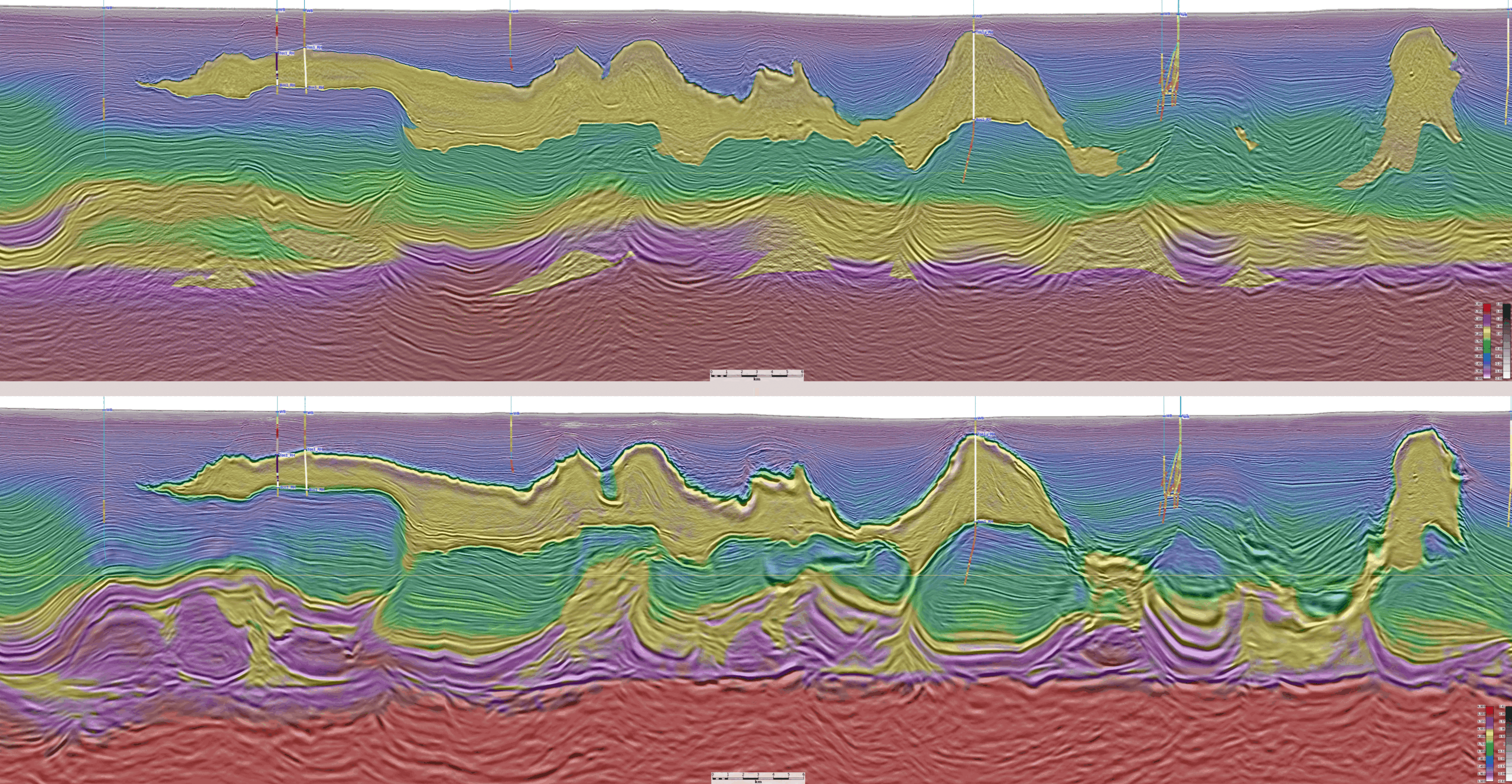Over the course of 10 years, Shell had ample reasons to walk away from the Norphlet play in the GOM. Deeply buried, this Upper Jurassic system was always near the economic basement, deposited straight on top of the Louann Salt and beneath the series of more conventional GOM plays. But although the first four Norphlet play wells only resulted in sub-economic oil at best, careful analysis of the results enabled the team to narrow down on the Appomattox prospect where the most critical play elements came together: timing of oil generation and good reservoir facies.
Early challenges and initial exploration wells
The first test of the Norphlet play was Shiloh, drilled in 2003. Even though oil was found, the closure was small and more importantly, it was underfilled. This ultimately lent support to the idea that the seal had been breached, even though it took another well later down the exploration line to further support this. But oil was proven nonetheless, and further supported by the presence of a good quality eolian reservoir, there was reason to keep exploring.
It led to the drilling of the Vicksburg B prospect a little further to the southwest. Again, this well found the same good-quality reservoir, but in this case, the issue revolved around the quality of the crude. Even though the structure was filled to spill, about 70 % of the oil turned out to be solid and, therefore, impossible to produce. The main explanation for that was thermal sulphate reduction, which usually takes place at higher maturities. It led to the search for a target juxtaposed to a less mature source rock.
This became the Fredericksburg exploration well. However, rather than a nice aeolian succession, the Norphlet reservoir at this location turned out to be in a fluvial facies with plenty of fines. As such, no oil was found in the well at all, even though the basal Smackover sidewall cores “BLED” oil. It was clear that only aeolian facies could form the required pressure draw for generated oil to move in from the overlying Smackover source rocks.
Appomattox: success after a decade of exploration
At that point in time, Appomattox had already appeared as the next prime candidate, but due to permitting issues, another prospect was drill-ready first: Antietam, close to Shiloh. However, similar to Shiloh, this prospect had also experienced a seal breach, as suggested by the grey-colored reservoir sands. The trick was to find a prospect where the timing of oil generation was more recent in order to minimize the chances of seal breach.
Ted Godo, co-author of this article, will be delivering a talk titled, “The Giant Appomattox Discovery – An Overnight Success, 10+ Years in the Making!” at the “Case Study Academy.”
14th November 2024, Houston
For more details visit HGS or GSH site
That prospect was Appomattox. It was different from Shiloh or Antietam as the timing of oil generation was recent, so it was less likely to have leaked. At the same time, it was different from Fredericksburg in its subsidence history to the extent that aeolian sands were present. And it worked, finally. A giant had been discovered ten years after the first Norphlet exploration attempt.




